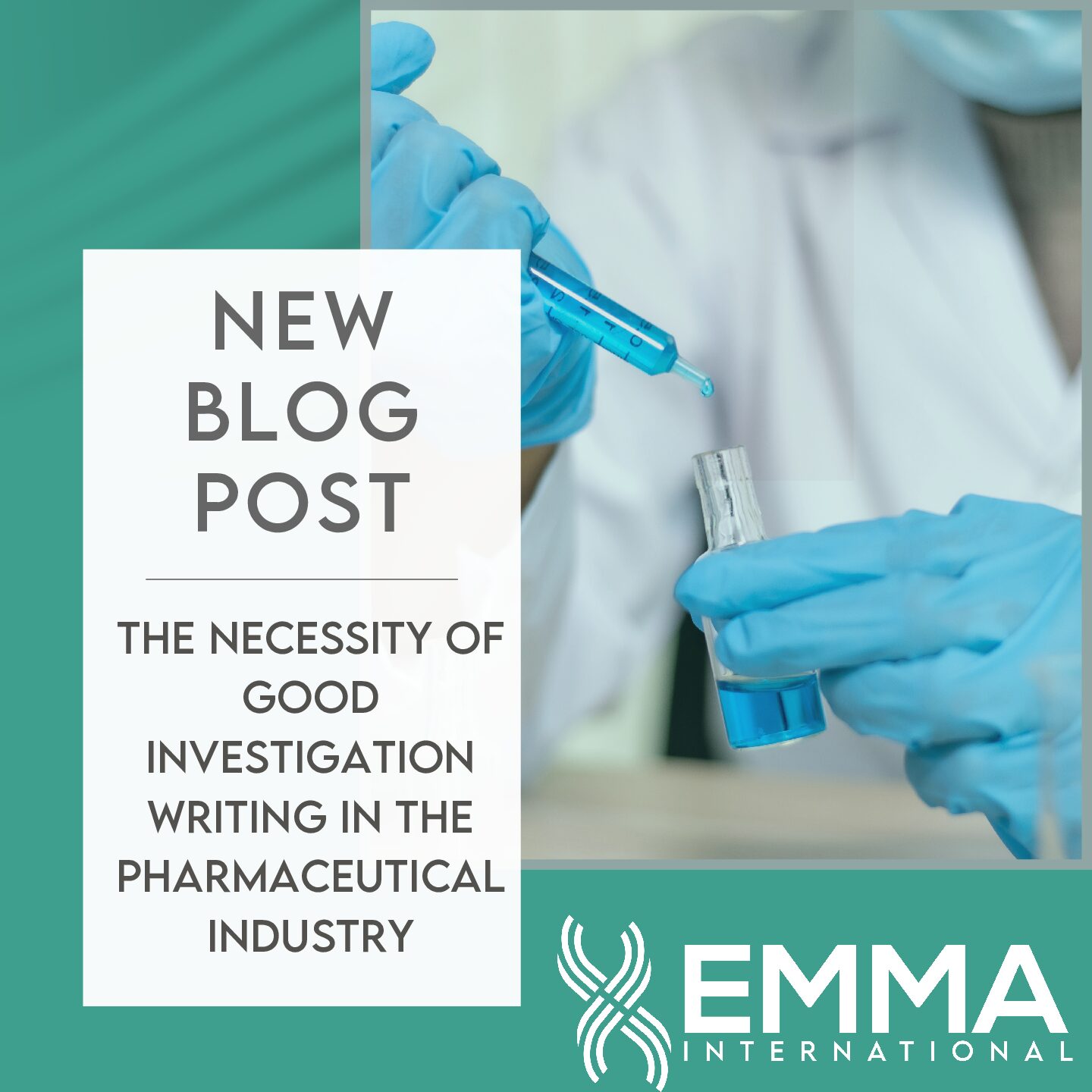The next installment in our blog series on Artificial Intelligence/ Machine Learning (AI/ ML) based Software as a Medical Device (SaMD) will cover points three and four of FDA’s proposed Total Product Lifecycle (TPLC) approach: modification after initial review and transparency and real-world performance monitoring.
If you haven’t read our previous blogs on AI/ ML-based SaMD, they outline FDA’s guidance as a whole and go into detail on the previous two points of the TPLC approach. You can read them here: ARTIFICIAL INTELLIGENCE & MACHINE LEARNING TECHNOLOGIES, QUALITY SYSTEMS AND GOOD MACHINE LEARNING PRACTICES, and INITIAL PREMARKET ASSURANCE OF SAFETY AND EFFECTIVENESS FOR AI/ML MEDICAL DEVICES.
The main advantage of using AI/ ML -based SaMD is to capitalize on the inherent optimization of the device from real-world data. However, as with all modifications, the ability to learn and optimize comes with risk. As discussed in the previous blogs in this series, FDA has proposed a new regulatory framework to take advantage of the inherent optimization, but also keep the public safe. The SPS and ACP are designed to be pre-approved/cleared so that modifications falling within their boundaries may be implemented without a submission to FDA. It is suggested that a change control process such as the documentation change control process as outlined in the software modification guidance. If a modification that does not fall within the scope of the SPS and APC is needed, a submission to FDA is required. If a manufacturer is unsure whether the changes fall under the approved or cleared SPS and ACP, they can contact the appropriate review division, submit a pre-submission for a discussion on the modification and how it is within the bounds of the current SPS and ACP, or submit a premarket submission or application of the modification to SPS and ACP1.
Additionally, if what the device has learned through clinical data requires an update of the SPS and ACP, a submission to FDA is required, but a “focused review” pertaining only to the proposed SPS and ACP can be conducted1.
The TPLC approach requires transparency and real-world performance monitoring to be fully implemented. FDA is expecting manufacturers to track what modifications have been incorporated and how the device is performing. These are to be used to mitigate risks, and to provide FDA with periodic updates. The frequency and types of these reports are to be based on risk of the device, number and types of modifications, and maturity of the algorithm1.
Transparency is not only defined as being transparent with FDA, but also with consumers. It is expected that modifications to the device are accurately and completely conveyed to the consumer. This can be done in multiple ways and FDA suggests manufacturers come up with unique ways to maintain transparency1. Similarly, real-world performance monitoring may also be achieved in a variety of ways- such as participation in FDA pilot programs like the Case for Quality program or Software Pre-Cert program, adding to file or annual report. The reporting requirements may be tailored depending on the risk of the device, maturity and the type of modifications made to the algorithm.
As of now, this is still a proposed rule; FDA seeks feedback on this topic specifically for:
What additional mechanisms can be utilized or needed for real-world performance monitoring for AI/ML devices?
You can submit your suggestions or comments on FDA’s Proposed Regulatory Framework for Modifications to Artificial Intelligence/Machine Learning (AI/ML)-Based Software as a Medical Device (SaMD) – Discussion Paper and Request for Feedback using the following link: https://www.regulations.gov/comment?D=FDA-2019-N-1185-0001
For any other questions that you may have about the proposed regulatory framework, please contact us at 248-987-4497 or info@emmainternational.com.
1FDA (Apr 2019) Artificial Intelligence and Machine Learning in Software as a Medical Device retrieved on 04-10-2019 from
https://www.fda.gov/MedicalDevices/DigitalHealth/SoftwareasaMedicalDevice/ucm634612.htm






